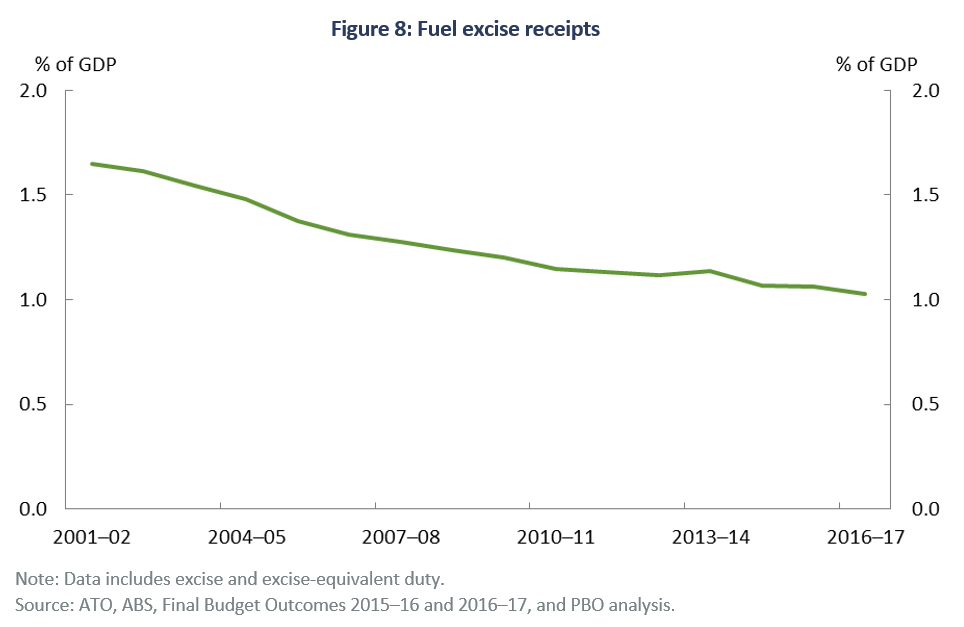A major High Court decision has decided that the State of Victoria violated the constitution by imposing a distance-based levy on plug-in hybrid and electric vehicles.
The High Court found on Wednesday that Victoria’s distance-based levy on Zero- and Low-Emissions Vehicles (ZLEV) was a tax on the use of those vehicles, and that only the Federal Government has the authority to impose such a tax under the nation’s constitution.
The dispute, which began in September 2021, came down to a battle over who had the legal jurisdiction to levy such a fee on cars.
Victoria implemented the ZLEV distance-based charge on 1 July, 2021, and presently charges 2.8 cents per kilometre driven by an electric or hydrogen vehicle, and 2.3 cents per kilometre driven by a plug-in hybrid vehicle.
The High Court ruled in the 393-page decision that the distance-based fee on electric vehicles and plug-in hybrid cars was unconstitutional under the Australian Constitution and ordered the Victorian Government to pay court costs.
The decisions has created a massive hole in Australia’s road funding system, which relies on a convoluted system of vehicle registration, stamp duty, licence fees and fuel excise.
The rise of electric vehicles will mean that revenue collected from fuel excise will continue to fall, leaving governments short of funds to make road upgrades and to plug revenue holes.

It also creates inequality concerns since higher income households are the ones most likely to be able to afford an electric vehicle. Thus, electric vehicles are a form of tax avoidance by avoiding paying fuel excise.
The obvious solution is for the federal government to replace fuel excise with direct user charges, which offers a number of potential benefits.
First, if road user charges varied by location, time of day, and distance driven, they will encourage people to take non-essential trips at a different time, or not at all, enhancing efficiency through improved congestion management.
Second, the ability to observe road users’ willingness to pay for road space will provide transport authorities clearer signals about where new road capacity should be created.
Finally, with an effective road charging mechanism in place, there would be less need for regulation to prevent urban sprawl, and people would be more free to choose between housing cost and location.
Given that technology is no longer an impediment, the federal government should pursue road pricing reform.
It should also use some of the proceeds to build charging stations and infrastructure around Australia to encourage the use of electric vehicles.

